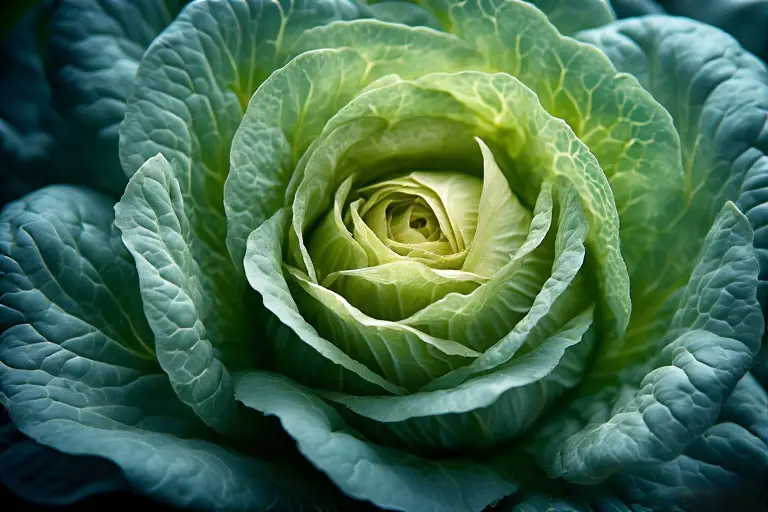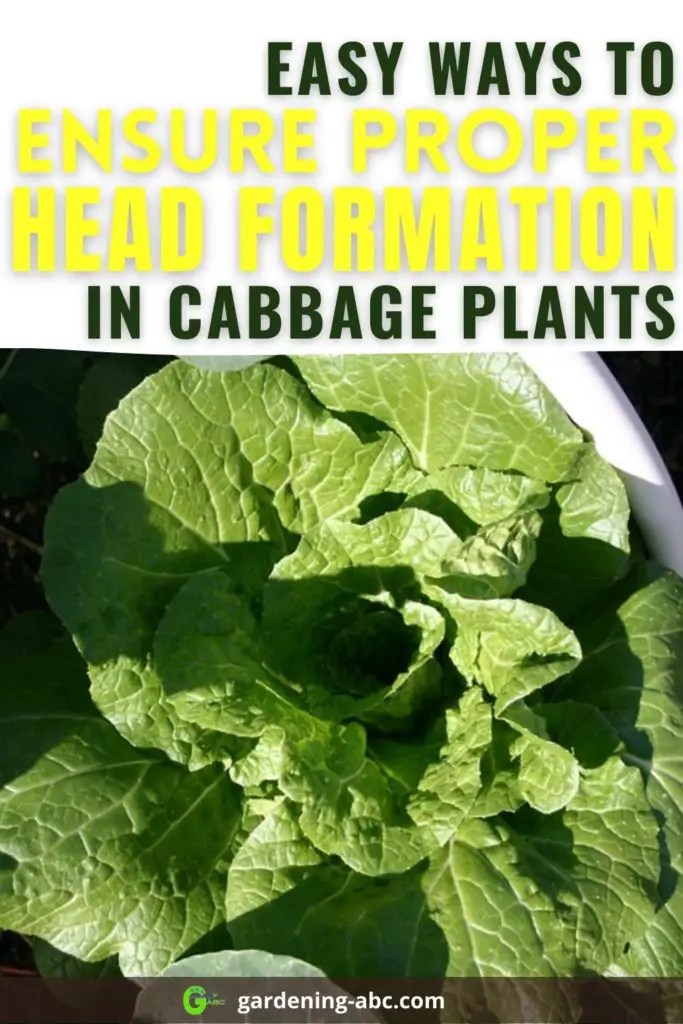We use affiliate links to run our site. When you buy through links on our site, we may earn an affiliate commission, without any added cost to you. Learn more
The Head is the edible part of a cabbage plant. Ideally, a good-quality cabbage head is firm, crisp, juicy, and sweet. Sometimes the taste can also be a little peppery.
So if your cabbage is not forming any heads, it can be disastrous. Here in this post, we will discuss what are the main reasons why a cabbage stops forming heads and what you can do to ensure proper head formation in your cabbage plant.
Although cabbage is not one of the easiest to grow veggies among gardeners, by planting them at the right time, fulfilling their needs, and taking proper care you can ensure success.
- Sturdy and Stainless Steel Garden Set: Made of Stainless Steel, this stainless steel gardening tools is durable and rust-proof. Moreover, with stable material like this, these gardening tools are hardly deformed
How Much Time is Needed For Head Formation?
The time needed for head formation in a cabbage plant can vary according to cabbage varieties. A common green cabbage may take 70 -80 days to form a head, whereas a red cabbage or savoy cabbage will take more time.
How A Cabbage Head Is Formed:


In cabbage, the head formation starts towards the end of the growth phase. Once the plants grow enough leaves, they start forming the head by covering up tender inner leaves with their hard outer leaves.
Initially, you will barely recognize a cabbage head because it remains very small, and if you look closely, you will find small, tender leaves packed closely.
Why Cabbage Is Not Forming Heads:
Followings are some of the main reasons why your cabbage is not forming a head:
Hot Weather:
Cabbage is a cool-weather crop, and it needs the cool temperature to form heads. If the weather is getting warm, the cabbage will stop growing, and the head formation will also be disturbed. Anything below 80 deg F and your plant will continue to form the head.
The weather is Too Cold:
On the other hand, too cold a temperature can also hamper the head formation in cabbage plants. If a very cold temperature remains for an extended period, the plant will become dormant. Frost can also damage cabbage leaves.
Not Getting Enough Nitrogen:
Nitrogen is one of the 3 most important nutrients for a plant. It is essential for forming leaves and other parts. Just like any other members of the brassica family, cabbages are heavy feeders. As a result, the soil needs to be well-fertilized. If your soil isn’t able to provide enough nitrogen to the plant, it will not form a head.
Add slow-releasing fertilizers like manure, bone meal, blood meal, well-rotted compost, etc, to boost soil fertility.
Too Much Fertilizer:
On the flip side, too much fertilizer can also harm your plant. Too much nitrogen can result in extensive growth of the leaves, but it stops head formation. When you see the head is starting to form, stop adding more fertilizer to the soil.
Problem with Watering Your Cabbage Plant:
To form heads, cabbage needs a lot of water. Inconsistent watering can really damage the head formation process. Poor watering can make a cabbage head bitter, smaller, poorly textured, or can totally stop the head formation process.
Ideally, you should water your cabbages 2-3 times each week. Depending on the soil and the weather, you can adjust the watering frequency. We have a detailed article on how to water a plant, see that for more information.
Pests and Diseases:
Cabbage plants are prone to pests and diseases. Many insects like cabbage loopers, slugs, aphids, root maggots, etc., love to feast on them. If a young cabbage plant gets damaged by pests(especially the central growing points), the plant will not form a head.
7 Ways To Protect Your Plants From Cabbage Moth Damage
Overcrowding:
The ideal space between two cabbage plants should be 12-18 inches, and the gap between two rows should be at least 24 inches. If the plants are placed too tightly, it will create problems in head formation. This becomes more problematic if your cabbage is of large varieties.
How to Ensure Proper Head Formation In Cabbage:
Here are some of the steps you can take to ensure proper head formation in a cabbage plant:
- Choose the variety properly. Check the expected level of head formation for that particular variety. If any particular variety naturally forms a loose or small head, you can do very little to modify that.
- Water deeply and infrequently, rather than little and often.
- Make sure the soil does not get waterlogged. Add some coir, perlite, and well-rotted compost to ensure proper drainage.
- Use crop rotation techniques. Avoid growing cabbages in the same place within a three-year period.
- Pest control is crucial for proper head formation. Use the organic pest control strategies discussed here to protect your plants from pest attacks.
- Pay attention to the recommended spacing on the seed packet. You never want overcrowded cabbages with tiny or no heads.
- Fertilize the growing soil with organic fertilizers. Make sure the plants do not starve.
- Head formation takes time. So have patience. Sometimes, patience can only ensure a healthy head on your cabbage plant.
Like the post? Don’t forget to PIN IT.


Amazon and the Amazon logo are trademarks of Amazon.com, Inc, or its affiliates.


Hi there! My name is Prasenjit and I’m an avid gardener and someone who has grown a passion for growing plants. From my hands-on experience, I have learned what works and what doesn’t. Here I share everything I have learned.


![Organic Plant Magic - Truly Organic™ Fast-Acting Water Soluble Plant Food - All-Purpose Fertilizer Concentrate for Flower, Vegetable, Herb, Fruit Tree, Garden & Indoor Houseplants [One 1/2 lb Bag]](https://m.media-amazon.com/images/I/510yaUo8LZL._SL160_.jpg)
